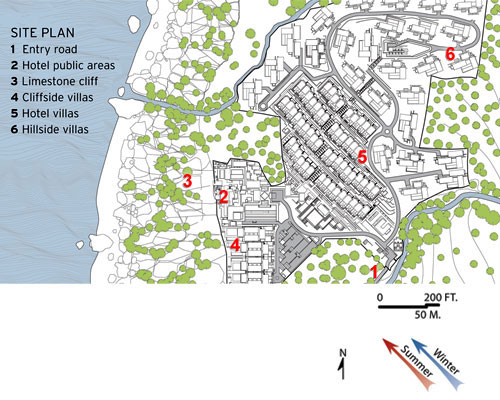Site Planning Kevin Lynch Ebookers
Created Date: 9/5/2012 7:52:50 AM. Jul 28, 2011 I'm planning on booking a few flights within Italy on Alitalia and ebookers. Is ebookers.com good or bad? - Air Travel Forum. I'm planning.

The highly successful first edition of Site Planning was greeted by reviewers as 'a most unusual type of book, in which the most practical and detailed advice is given in terms readily absorbed by beginners, though it is written by a leading theoretician concerning 'the image of the city' (Architectural Forum).and as meriting a 'prominent place on the bookshelves of all us actively concerned with achieving true quality in our changing environment' (Landscape). Over one hundred pages longer than the 1962 version, this second edition of Site Planning is a completely revised and updated source of information on the art of arranging the external physical environment in all its detail. Satish Kumar Audio Messages Download. Much new material has been added, particularly in respect to ecology, psychosocial analyses, and design methods. The number of illustrations has grown, and the use of margins as a cross-reference system has been amplified. Perhaps the most important aspect—the original idea of environmental design as a continuous process involving many participants—has been more completely and systematically developed. The art of site planning is comprehensively covered by chapters on analyzing a locality, organizing place and action, movement systems, 'sensuous form,' problems of control, and design and management of the site.
Windows Server 2003 Enterprise Edition Sp2 there. These are interspersed by technical chapters on site form and ecology, social and psychological analyses, streets and ways, earthwork and utilities, design methods, and costs. Discussions of housing and of special types of site planning (shopping centers and commercial strips, industrial districts, institutions, open space, and renewal) conclude the study.
This new edition of Kevin Lynch's widely used introductory textbook has been completely revised, and is also enriched by the experience of Lynch's coauthor, Gary Hack. For over two decades, 'Site Planning' has remained the only comprehensive source of information on all the principal activities and concerns of arranging the outdoor physical environment.
Now, ninety new ill This new edition of Kevin Lynch's widely used introductory textbook has been completely revised, and is also enriched by the experience of Lynch's coauthor, Gary Hack. For over two decades, 'Site Planning' has remained the only comprehensive source of information on all the principal activities and concerns of arranging the outdoor physical environment. Now, ninety new illustrations double the visual material, and one hundred pages of new appendices cover special techniques, provide references to more detailed technical sources, and put numerical standards in a concise form.
An introduction summarizes the site planning process. This is followed by a case study of a typical professional project and ten chapters that provide new material on such subjects as user analysis, programming, site planning for built places, housing tenures and their planning implications, cost estimating, mapping, the reading of air photographs, site design for housing in developing countries, design strategies, and environmental impact analyses--all illustrated with photographs and line drawings and with Lynch's characteristic marginal sketches.
Kevin Andrew Lynch was an American urban planner and author. His most influential books include The Image of the City (1960) and What Time is This Place? Lynch studied at Yale University, Taliesin (studio) under Frank Lloyd Wright, Rensselaer Polytechnic Institute, and received a Bachelor's degree in city planning from MIT in 1947.[1] He worked in Greensboro, NC as an urban planner but was Kevin Andrew Lynch was an American urban planner and author. His most influential books include The Image of the City (1960) and What Time is This Place? Lynch studied at Yale University, Taliesin (studio) under Frank Lloyd Wright, Rensselaer Polytechnic Institute, and received a Bachelor's degree in city planning from MIT in 1947.[1] He worked in Greensboro, NC as an urban planner but was recruited to teach at MIT by Lloyd Rodwin.
He began lecturing at MIT the following year, became an assistant professor in 1949, was tenured as an associate professor in 1955, and became a full professor in 1963. Lynch provided seminal contributions to the field of city planning through empirical research on how individuals perceive and navigate the urban landscape. His books explore the presence of time and history in the urban environment, how urban environments affect children, and how to harness human perception of the physical form of cities and regions as the conceptual basis for good urban design. Parallel to his academic work, Lynch practiced planning and urban design in partnership with Stephen Carr, with whom he founded Carr Lynch Associates in Cambridge, Massachusetts. Lynch died at his summer home in Martha's Vineyard in 1984.